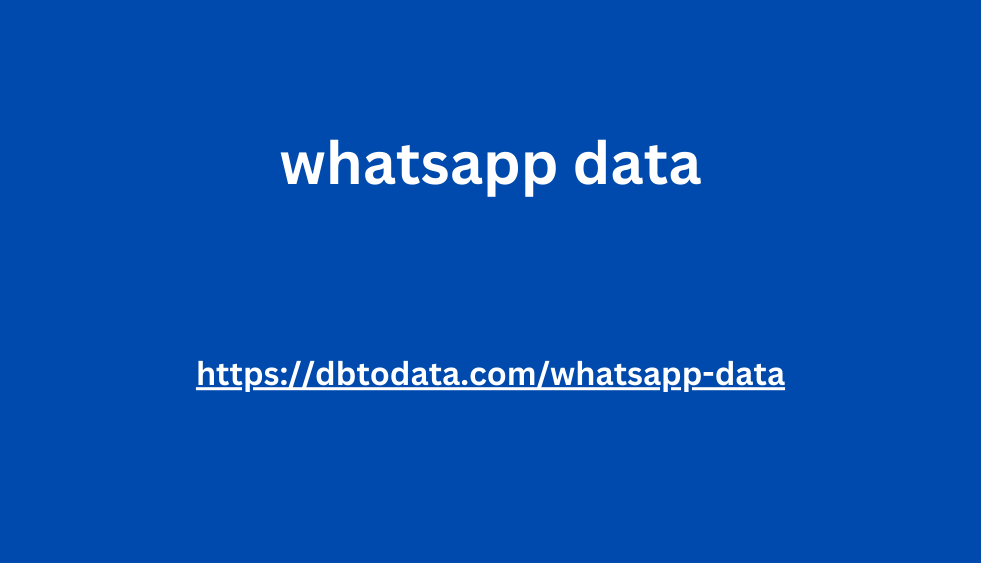Every country has its own kind of advertising. This not only reflects the market structure of the country, but also the media landscape, the legislation and the competitive position. But most important of all is the culture . What do ‘people’ think about morality, humor, ethical issues, the male/female role division, the vulnerability of young people?
After The Oldest Rainbows with the Netherlands as the winner
in 1992) and The Dutch Rainbows (in which casualness plays a major role), now a look into the Chinese marketing kitchen in the field of rainbows.
You see, China is not comparable to Europe in many ways, including when it comes to marketing – and certainly not when it comes to LGBT or Marketing the Rainbow . The earliest records of same-sex relationships in China date back to the Shang Dynasty (c. 16th to 11th century BC). During this time, homosexuality was largely viewed with indifference and generally treated with openness. Confucianism, on the other hand, had a harder time with it. And during the Cultural Revolution, homosexuals were subjected to public humiliation and long prison sentences. The latter two movements still resonate today.
While China decriminalized homosexuality in 1997 – only declassifying it as a mental disorder four years later – discrimination against the LGBT community remains evident in many aspects of society.
But in the meantime, China has also become whatsapp data attached to the value economy. The Chinese rainbow economy is worth around 700 billion euros annually and includes around 75 million people. In addition, the younger generations are susceptible to the diversity that a brand radiates.
One area where LGBT is severely underrepresented is in advertising
with marketers tending to stay away from rainbow-themed content to avoid falling foul of Chinese censorship.
The Chinese government was still largely הפוסט שלך לפני הפצתו כך שא following what seemed like a hands-off approach in 2015, characterized by the popular Three No’s policy: “no approval, no disapproval, and no promotion.” But starting in 2016, the policy became stricter. Online content, especially content depicting LGBT people, is subject to heavy and often arbitrary censorship in China. In recent years, censors have muted social media discussions, banned by lists homosexuality in films, and prevented the online sale of rainbow-themed items. Still, I was pleasantly surprised to see that the issue has received some attention in marketing there.

